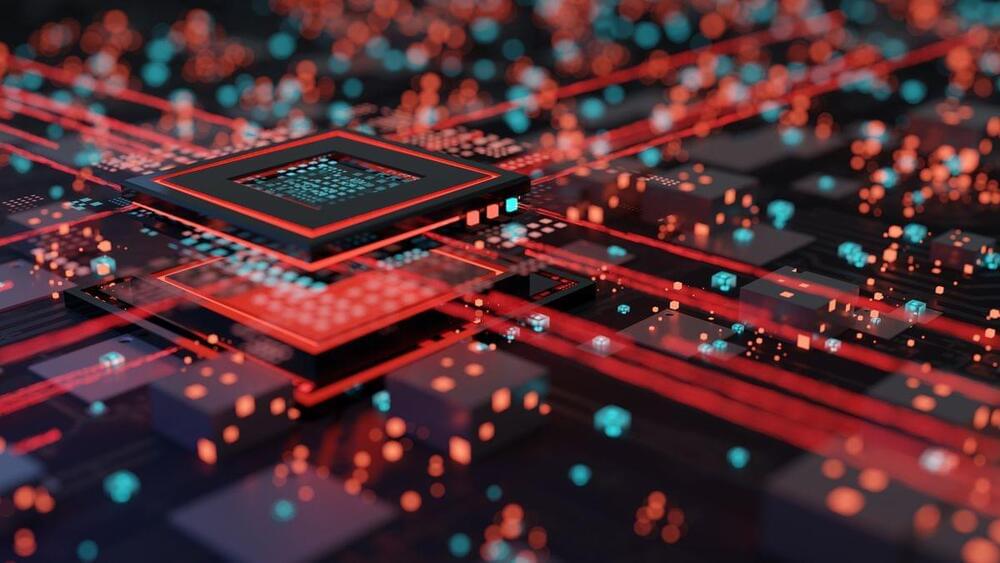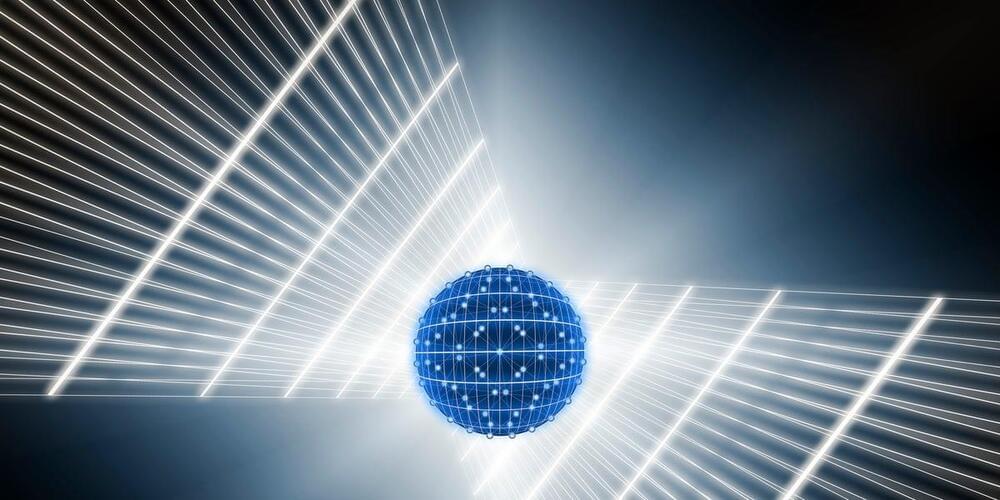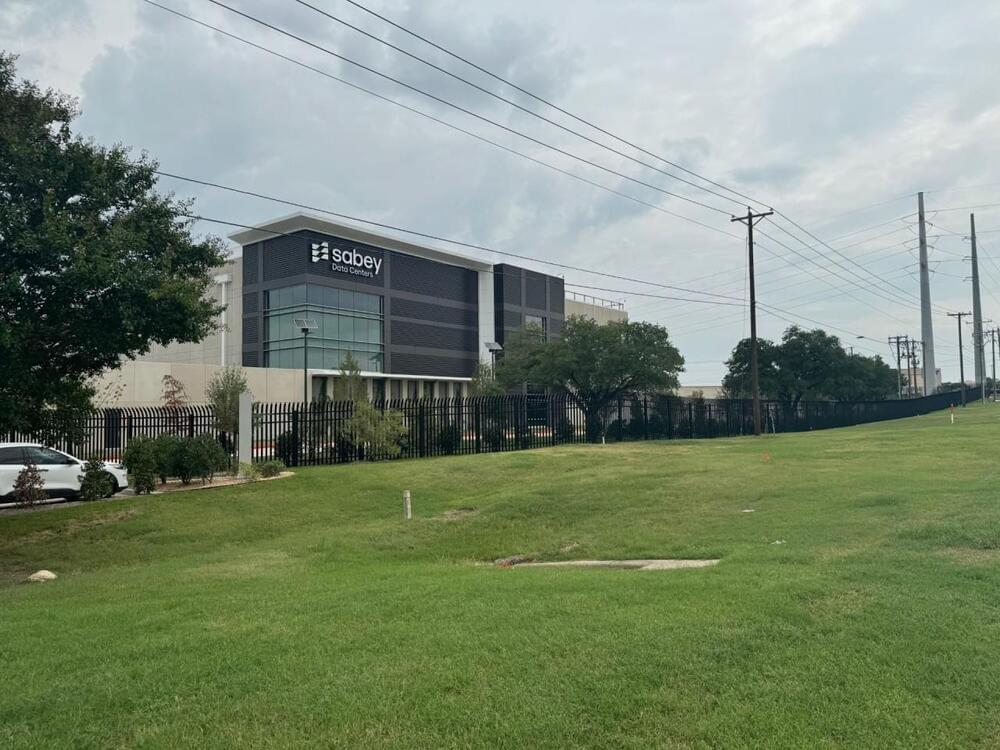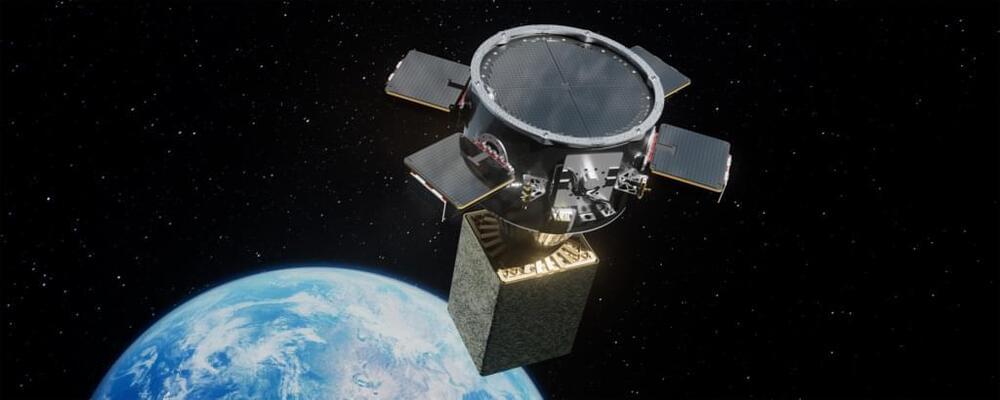Scientists in China have developed a tensor processing unit (TPU) that uses carbon-based transistors instead of silicon – and they say it’s extremely energy efficient.


About the Episode
What if it were possible to generate tissues and cells that replicate the functions of human organs, and then use them to study and treat human conditions?
It’s an area of research Dr. Thomas Hartung has been extensively involved with for decades. As the former head of the European Commission Center, he was in tune with all the ways researchers tried to study diseases through alternative methods. He strongly believes organoids have the intelligence necessary to accelerate research and therapeutic development without the need for animal models.

, while an interesting thought experiment, does not seem to account for the fact that many phenomena are materialistic or physical enough to have no resemblance with the qualities we typically attribute to consciousness, such as experience and motive.
Panprotopsychism, by contrast, does not require matter to be intrinsically conscious, only that it be comprised of features equaling consciousness when combined.
If certain kinds of quantum entanglement between particles such as electrons, more aptly described as wavicles, have superposed properties with likeness to the visible light spectrum when arranged amongst molecules and additional corpuscles, mechanisms of superposition may be the basic material unit of qualitative experience. These qualia, as fragments of psychical imagery and feeling, may flit in and out of existence rapidly within the most inorganic conditions, so that components of perception exist on a fundamental level while commonly not giving rise to experience and motive. But when these superpositions are held in prolonged orientations amongst brain matter and in nature generally, consciousness of carbon-based, human and alternative richness can emerge.


New research shows that the “superluminal observer” needs three separate time dimensions for a warp-speed math trick that would please even Galileo.
TL;DR
The concept of superluminal observers, proposed by Andrzej Dragan’s team, explores how faster-than-light travel might unify general relativity and quantum mechanics. By introducing three dimensions of time alongside one dimension of space, this research challenges our current understanding of the universe. Quantum phenomena, such as superposition and indeterminism, could be reinterpreted through the lens of a superluminal observer, where space and time swap roles at warp speeds. This theoretical framework suggests that the laws of physics remain consistent even at superluminal speeds, potentially paving the way for a unified field theory that reconciles these two fundamental branches of physics.


Cellular senescence is a diverse phenotype characterised by permanent cell cycle arrest and an associated secretory phenotype (SASP) which includes inflammatory cytokines. Typically, senescent cells are removed by the immune system, but this process becomes dysregulated with age causing senescent cells to accumulate and induce chronic inflammatory signalling. Identifying senescent cells is challenging due to senescence phenotype heterogeneity, and senotherapy often requires a combinatorial approach. Here we systematically collected 119 transcriptomic datasets related to human fibroblasts, forming an online database describing the relevant variables for each study allowing users to filter for variables and genes of interest. Our own analysis of the database identified 28 genes significantly up-or downregulated across four senescence types (DNA damage induced senescence (DDIS), oncogene induced senescence (OIS), replicative senescence, and bystander induced senescence) compared to proliferating controls. We also found gene expression patterns of conventional senescence markers were highly specific and reliable for different senescence inducers, cell lines, and timepoints. Our comprehensive data supported several observations made in existing studies using single datasets, including stronger p53 signalling in DDIS compared to OIS. However, contrary to some early observations, both p16 and p21 mRNA levels rise quickly, depending on senescence type, and persist for at least 8–11 days. Additionally, little evidence was found to support an initial TGFβ-centric SASP. To support our transcriptomic analysis, we computationally modelled temporal protein changes of select core senescence proteins during DDIS and OIS, as well as perform knockdown interventions. We conclude that while universal biomarkers of senescence are difficult to identify, conventional senescence markers follow predictable profiles and construction of a framework for studying senescence could lead to more reproducible data and understanding of senescence heterogeneity.
Multiple studies now suggest that the accumulation of senescent cells is causal in ageing (Childs et al., 2015; Mylonas and O’Loghlen, 2022; van Deursen, 2014; Wlaschek et al., 2021), and their ablation extends healthspan and mean lifespan in rodents (Baker et al., 2016; Baker et al., 2011). Novel senolytic and senostatic drugs are in development (Kim and Kim, 2019; Niedernhofer and Robbins, 2018) with some drugs in clinical trials (Hickson et al., 2019; Justice et al., 2019) which might shortly lead to treatments capable of improving healthspan and extending lifespan in humans. However, the exact nature of senescent cells is often difficult to define, with multiple studies indicating that the most common biomarkers of senescence show different profiles across cell lines, types of senescence inducer, and the timepoint after the initial stimulus (Avelar et al., 2020; Basisty et al., 2020; Casella et al., 2019; Hernandez-Segura et al., 2017; Neri et al., 2021).

ROUND ROCK, Texas (KXAN) — A new, multi-million dollar supercomputer is headed to Round Rock. The Texas Advanced Computing Center (TACC) at the University of Texas at Austin (UT) partnered with Sabey Data Centers for the project.
The supercomputer, dubbed “Horizon,” is expected to be online in 2026. The technology is part of a new, larger program from the National Science Foundation (NSF), which recently helped fund $457 million to UT to help bring the academic supercomputer to the area.

This team is on a roll.
Launching aboard Firefly’s Alpha vehicle in 2024, this mission will demonstrate the responsive on-orbit capabilities of our Elytra vehicle. As the first of many missions utilizing multiple Firefly vehicles, the demonstration will lay the groundwork for Firefly’s end-to-end mission solutions, proving our capabilities to rapidly launch, maneuver, and deploy satellites at a time and place of our customers’ choosing.
In support of Xtenti’s follow-on study contract with the NRO, the mission will demonstrate a rapid payload reconfiguration utilizing Xtenti’s FANTM-RiDE payload dispenser prior to launching on Firefly’s Alpha vehicle. Upon launching on Alpha, Firefly’s Elytra vehicle will utilize the FANTM-RiDE dispenser to first deploy commercial rideshare payloads in Sun-Synchronous Orbit, and then perform an on-orbit maneuver and stand ready to deploy U.S. government payloads on-demand.
These important demonstrations will further advance our nation’s responsive space capabilities.